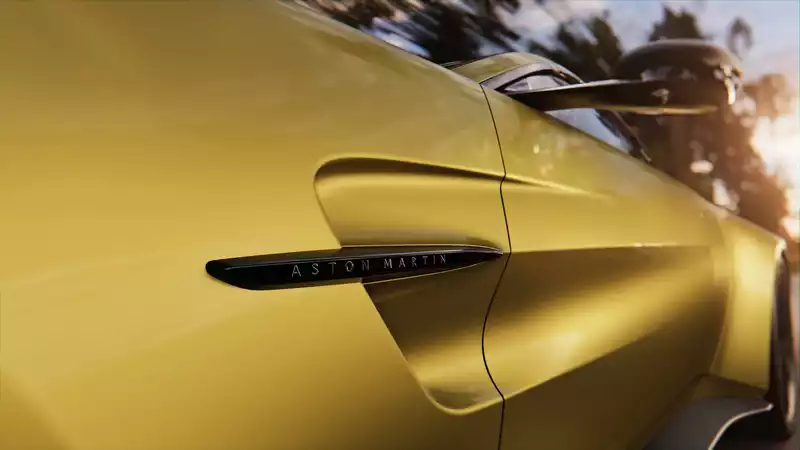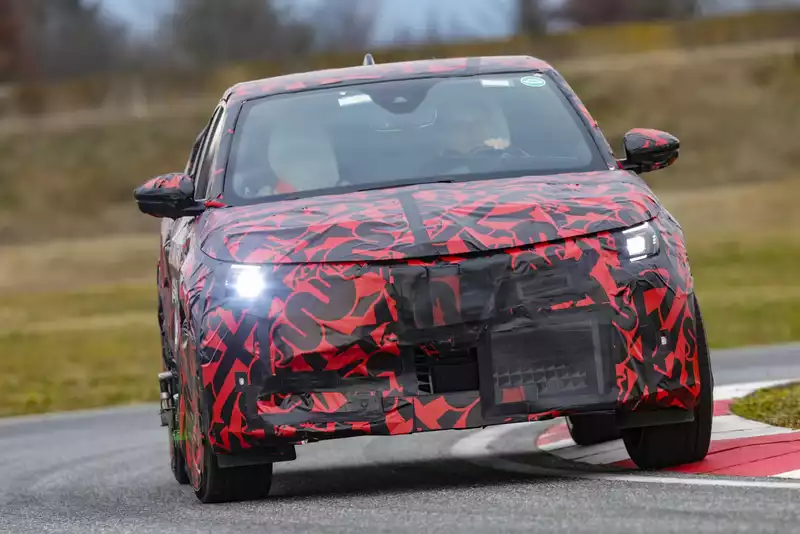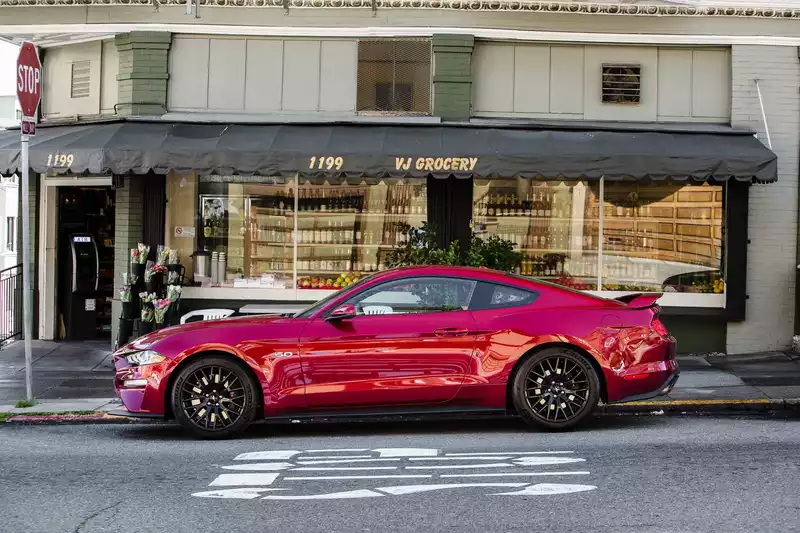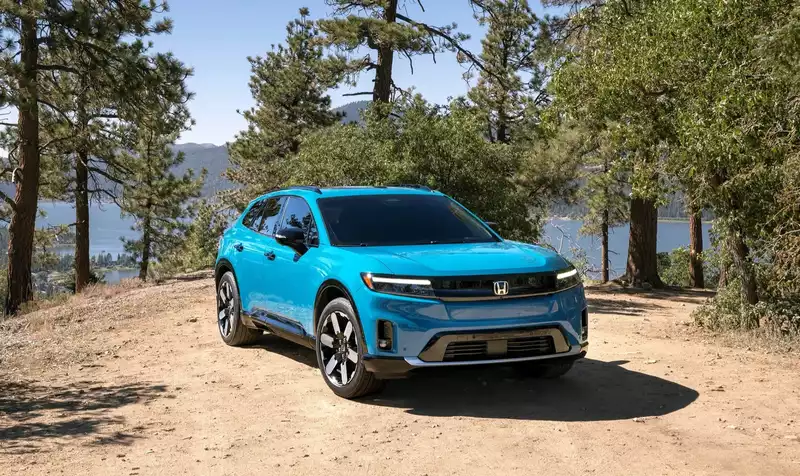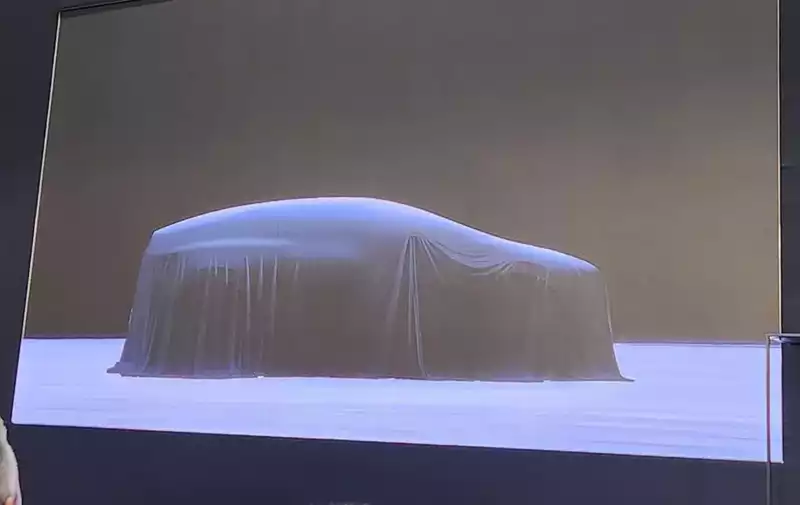Deep Dive The Audi electric turbocharger works as follows
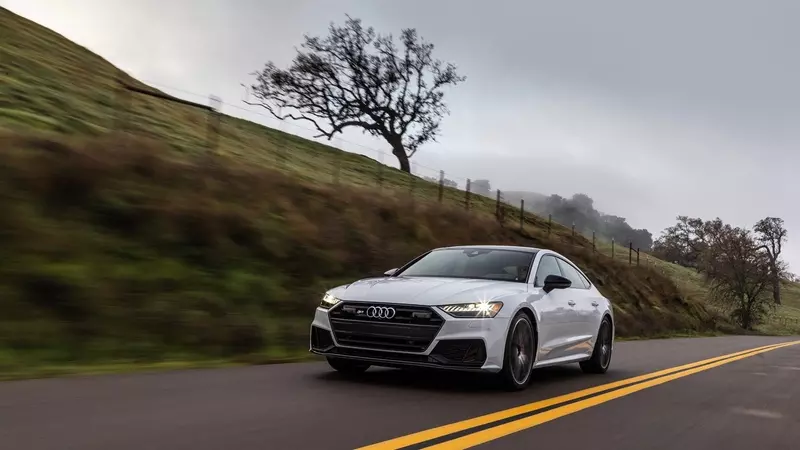
Electric power isn't just used to drive a car's wheels. Audi uses electric turbochargers to eliminate the dreaded turbo lag and make the engine more responsive. Here's how it works.
Conventional turbochargers use exhaust gases to spin a turbine and force more air into the engine. More air means more combustion, and more combustion means more power. That is the positive point. The bad point is that the exhaust gas turbocharger must reach a certain RPM for the turbocharger to work effectively. At low engine speeds, the exhaust gases are too small to activate the turbocharger. As the engine speed increases, the turbocharger picks up speed and begins to generate boost.
Turbo lag is the sensation of waiting for power delivery between acceleration and turbocharger activation. Automakers have successfully reduced turbo lag by achieving a response similar to naturally aspirated engines, but electric turbochargers can reduce this gap even further.
Electric turbochargers are spun by an electric motor rather than exhaust gas. Audi uses a 48-volt electrical system to power them, which draws power from the brakes and stores it in a small lithium-ion battery pack. According to Audi, electric turbocharging increases the car's weight by 22 kilograms, but reduces throttle response time to 250 milliseconds, which it says is faster than human reaction time.
Audi has offered electric turbocharging in other markets for several years, but in the U.S., the technology has only been introduced in the 2020 S6 and S7 models. In these cars, an electric turbocharger (which Audi calls an "electric compressor" or EPC) is paired with two conventional turbochargers in the 2.9-liter V6. The electric unit is mounted downstream of the exhaust gas turbocharger and upstream of the water-air intercooler.
At low engine speeds, the electric turbocharger operates by rotating at speeds up to 70,000 rpm to maintain constant power. At higher engine speeds, the valve closes and air enters the engine through a different path.
Both the 2020 S6 and S7 develop 444 hp and 443 lb-ft of torque, 37 lb-ft more than the previous generation V8 turbo engine, Audi notes. Responsiveness in real-world driving conditions is also comparable to the more powerful 4.0-liter V8 engine, Audi claims. By reducing engine displacement, Audi has also been able to improve fuel economy, with the 2020 S6 and S7's fuel economy increasing from 18 to 22 mpg, the same as the V8.

